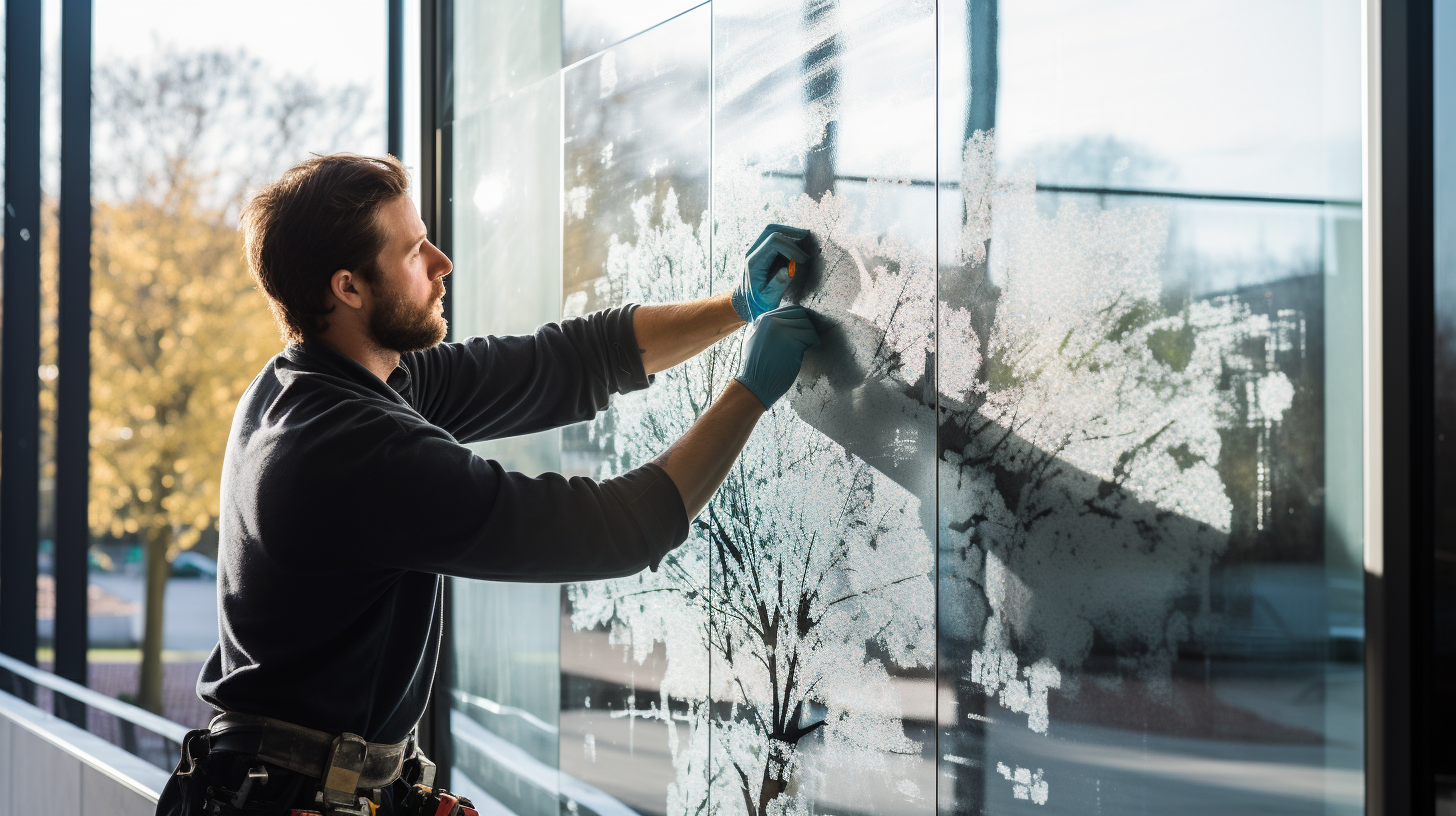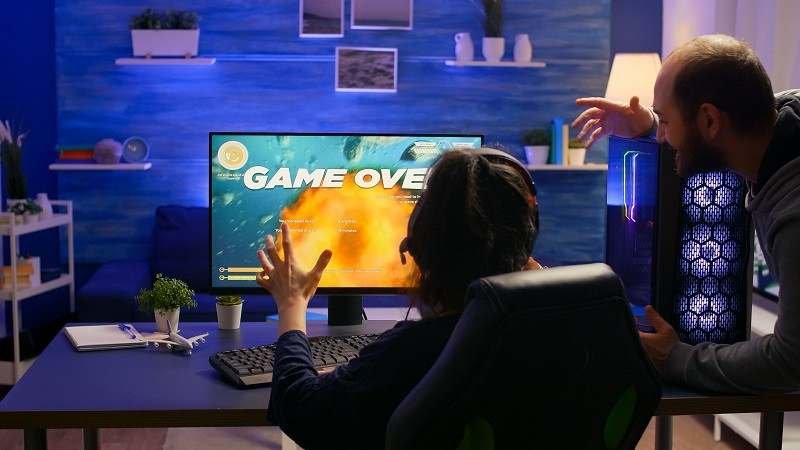Troubleshooting Advanced Decobry Issues

Decobry, as a self-adhesive decorative vinyl film, can encounter advanced issues beyond basic application errors, such as persistent adhesion problems, environmental degradation, or material-specific failures. These often stem from surface incompatibility, improper curing, or external factors like temperature fluctuations. Below, we’ll cover common advanced troubleshooting scenarios with causes, solutions, and prevention tips, drawn from expert sources on similar vinyl products.
Bubbles and Air Pockets
Bubbles can form due to trapped air during application, uneven surfaces, or insufficient squeegeeing, and may worsen over time on textured or porous substrates. Advanced cases include bubbles reappearing after initial fixes, often from off-gassing paints or plastics releasing vapors.
- Causes: Air entrapment from imperfect surfaces (e.g., bobbles, holes), inadequate pressure, or post-application expansion.
- Solutions: For small bubbles, puncture with a fine needle or pin, then squeegee the air out towards the hole and press firmly to reseal. Heat the area with a hairdryer on low to soften the vinyl, then push bubbles to the edge with a non-scratch squeegee. If installed recently (under 72 hours), wait as some may dissipate naturally. For persistent issues, lift the film partially, clean underneath, and reapply with a wet method (soapy water spray) for better repositioning.
- Prevention: Use the wet application technique on large areas to allow sliding and air escape. Prepare surfaces by filling imperfections with primer or filler.
Wrinkles and Creases
Wrinkles occur from over-stretching, poor storage, or applying in extreme temperatures, leading to deformation especially on curved or 3D surfaces.
- Causes: Excessive heat during install, improper techniques, or vinyl not acclimating to room temperature.
- Solutions: Gently heat the wrinkled area with a heat gun (keep moving to avoid melting), then smooth with a squeegee from center to edges. For severe cases, peel back the section, realign, and reapply slowly. If the wrinkle is permanent, cut a small slit and overlap edges seamlessly.
- Prevention: Store rolls in a cool, dry place and let them adjust to installation environment for 24 hours. Apply in controlled temperatures (50-80°F) and use heat sparingly for conformity.
Adhesion Failure and Poor Sticking
Advanced adhesion issues include vinyl not bonding to challenging surfaces like textured wood, metal, or glass, or failing prematurely due to contaminants or incompatible adhesives.
- Causes: Oils, residues, or dirt on surfaces; wrong adhesive type for substrate (e.g., low-tack on porous materials); or environmental factors like humidity causing weak bonds.
- Solutions: Clean with isopropyl alcohol or nail polish remover, ensuring dryness. Apply an adhesion promoter or primer for tricky surfaces. Leave transfer tape on for 10-15 minutes post-application to enhance bonding. For wood, sand smooth and seal with paint or varnish before applying.
- Prevention: Test adhesion on a small area first. Use heat (hairdryer) during application on non-porous surfaces like glass or metal to activate adhesive.
Peeling, Lifting, and Edge Curling
These are common in high-traffic or outdoor areas, where edges lift due to inadequate pressure, temperature swings, or off-gassing from fresh paints.
- Causes: Incompatible adhesives, dirt under edges, surface damage, or exposure to UV/sunlight causing breakdown.
- Solutions: Lift the peeling edge gently, clean residue with alcohol, reapply adhesive (e.g., spray or tape), and press firmly with heat. For curling, heat and press edges down; if layers separate, replace the section. Address off-gassing by waiting 4-6 weeks after painting before application.
- Prevention: Use high-tack or UV-resistant vinyl for exposed areas. Apply extra pressure to edges during install and allow 24-48 hours curing time before use.
Color Fading and Deformation
Over time, Decobry may fade or deform from UV exposure or heat, especially in sunny windows or kitchens.
- Causes: Prolonged sunlight or extreme temperatures causing pigment breakdown or material warping.
- Solutions: Apply a UV-protective laminate overlay to halt further fading. For deformation, heat gently to reshape, then secure with additional adhesive if needed.
- Prevention: Choose UV-resistant variants and avoid direct sun exposure. Install protective films or curtains in high-risk areas.
Other Advanced Issues: Tunneling and Surface Damage
Tunneling (separation of layers) arises from contamination, stretching, or poor storage, while surface damage can occur from aggressive removal.
- Causes: Mechanical stress, high temperatures, or airborne dirt during lamination/storage.
- Solutions: Store flat (not rolled) and minimize handling. For damage, use vinyl repair kits to patch small tears or scratches.
- Prevention: Control environment (room temp) and avoid over-stretching tape.
For persistent problems, consult the manufacturer’s guidelines or test on scraps. If issues continue, the surface may be incompatible—consider professional help or alternative materials.











